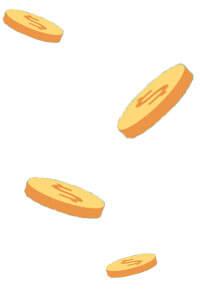The best ETFs for 2017
There are thousands ETFs on the market. Our panel samples them all to identify the best bets for each major category
Advertisement
There are thousands ETFs on the market. Our panel samples them all to identify the best bets for each major category
 The 2017 edition of the MoneySense ETF All-Stars does just that, providing three recommendations in each of the three major equity categories, plus five in the fixed-income category. Selecting from this short list, either on your own or with a trusted advisor, should be a straightforward exercise.
Regular readers of MoneySense will recognize this as a classic “Couch Potato” approach to investing: Create a simple investible portfolio that can be held for the long term, is broadly diversified, highly tax-efficient and yet carries minimal investment management costs. In effect, this four-fund portfolio is the equivalent of a global balanced fund, but with a much lower cost.
As in prior years, our mandate to the panel was to focus only on ETFs trading on the Toronto Stock Exchange, which simplifies the currency issues that arise if Canadian investors buy ETFs trading on U.S. or foreign stock exchanges. That said, our picks include both ETFs that provide both direct unhedged exposure to foreign equities, as well as some that hedge back into the Canadian dollar (but all still trading on the TSX).
The 2017 edition of the MoneySense ETF All-Stars does just that, providing three recommendations in each of the three major equity categories, plus five in the fixed-income category. Selecting from this short list, either on your own or with a trusted advisor, should be a straightforward exercise.
Regular readers of MoneySense will recognize this as a classic “Couch Potato” approach to investing: Create a simple investible portfolio that can be held for the long term, is broadly diversified, highly tax-efficient and yet carries minimal investment management costs. In effect, this four-fund portfolio is the equivalent of a global balanced fund, but with a much lower cost.
As in prior years, our mandate to the panel was to focus only on ETFs trading on the Toronto Stock Exchange, which simplifies the currency issues that arise if Canadian investors buy ETFs trading on U.S. or foreign stock exchanges. That said, our picks include both ETFs that provide both direct unhedged exposure to foreign equities, as well as some that hedge back into the Canadian dollar (but all still trading on the TSX).
Share this article Share on Facebook Share on Twitter Share on Linkedin Share on Reddit Share on Email